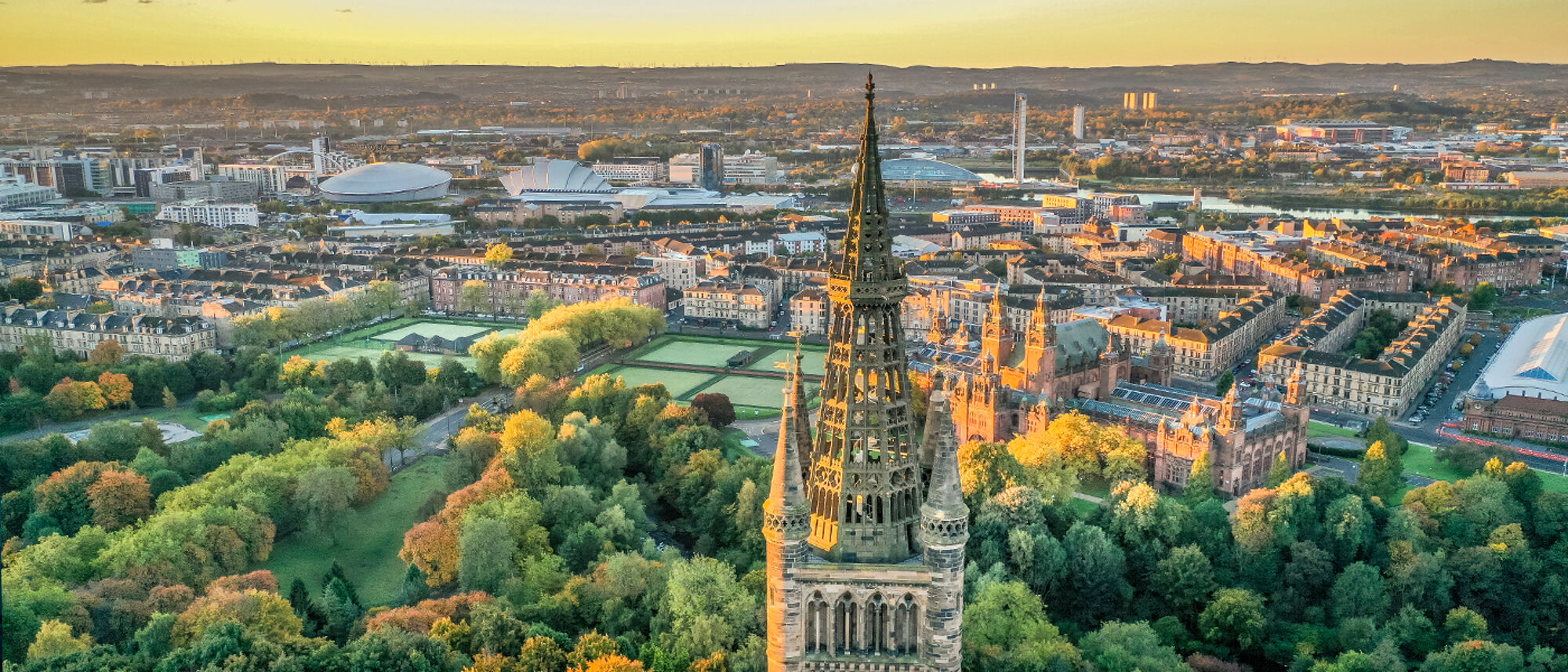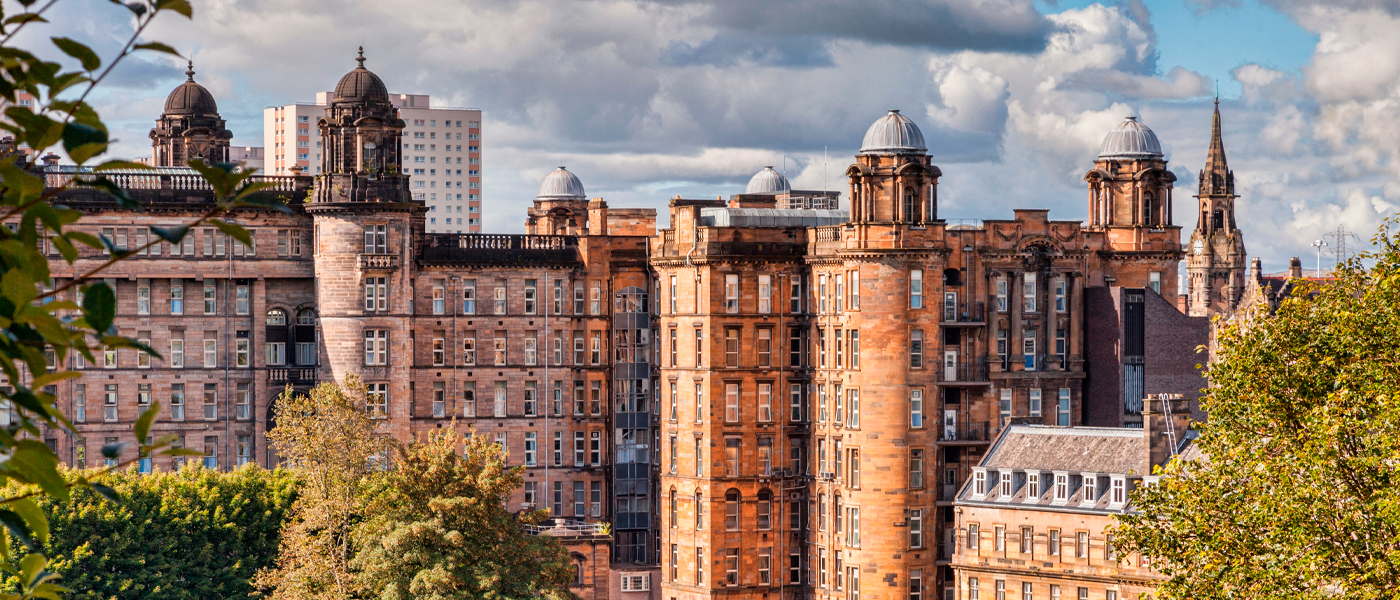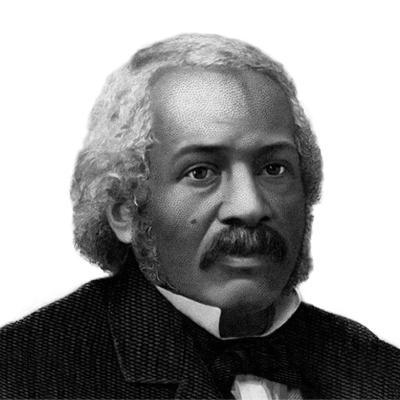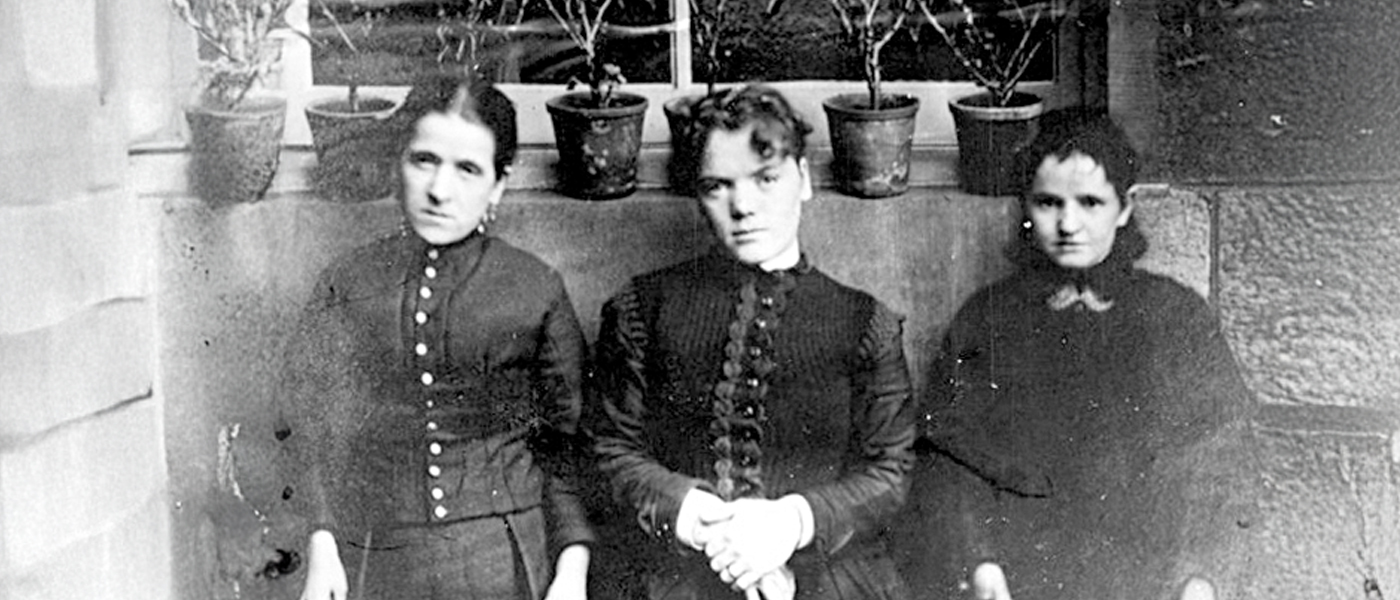
Glasgow 850: Healing the city
This year, we’re celebrating with the city of Glasgow as it marks its 850th anniversary. In the first of a series of features reflecting on our enduring partnership and rich history of collaboration, we're looking at the medical advances pioneered at the University that have directly impacted on the health of the people of Glasgow.
From the very beginning, the University was established to benefit the people living in Glasgow – a commitment set out in the Papal Bull which founded the University in 1451. What followed over the centuries was not just good for the city; we have been instrumental in making groundbreaking medical discoveries that have changed the world.
An early commitment to medical research and education at the University was made clear by the creation of a physic garden in 1704 in the grounds of the Old College for the study of medicinal plants. It underscored the importance of botany in understanding and developing treatments and reflected the growth of the University in parallel with the city's medical infrastructure.

In 1792, the University made a donation of £500 (around £95,000 today) towards the construction of Glasgow Royal Infirmary (above), planned from the start as a teaching hospital and the first of several around the city with strong links to the University.
A DOCTOR MADE IN GLASGOW James McCune Smith obtained the first of his three University of Glasgow degrees in 1835 and progressed to a Masters in 1836, followed by an MD in 1837. This gave him the distinction of being the first African American to be awarded a medical degree anywhere in the world. He was enabled to continue his studies partly thanks to his links with the Glasgow Emancipation Society. McCune Smith was an active and leading member when he lived in the city in the 1830s, and his graduate studies were partly funded by the society.
James McCune Smith obtained the first of his three University of Glasgow degrees in 1835 and progressed to a Masters in 1836, followed by an MD in 1837. This gave him the distinction of being the first African American to be awarded a medical degree anywhere in the world. He was enabled to continue his studies partly thanks to his links with the Glasgow Emancipation Society. McCune Smith was an active and leading member when he lived in the city in the 1830s, and his graduate studies were partly funded by the society.

Murdoch Cameron, alumnus and obstetric physician at Glasgow Royal Maternity Hospital, carried out the first successful Caesarean section surgery in the city in 1888, on Catherine Colquhoun (above left) of Glasgow’s impoverished East End. She suffered from rickets and could not deliver her child naturally. He saved both mother and child – who was named Caesar! – and made another huge stride in addressing the health challenges of the city. Cameron, in common with Ian Donald (right), held the Regius Chair of Midwifery at the University.
Bringing our research up to date
Over the last few decades, we have become a leader in cardiovascular research, an appropriate focus given that Glasgow and the West of Scotland suffers one of the highest rates of cardiovascular disease in the world.
The large-scale West of Scotland Coronary Prevention Study (WOSCOPS) in the 1990s proved that the use of statins reduces the risk of heart attack and paved the way for their use in lowering cholesterol. Our partnership with the Glasgow Centre for Population Health has allowed us to use the city as a testing ground for research, and the valued cooperation of the people of Glasgow over time has contributed to the robust population health data generated from major studies in a number of areas.
In the 21st century, we are at the forefront of precision medicine through our partnership with NHS Greater Glasgow & Clyde and the Queen Elizabeth University Hospital, directly benefiting the people of Glasgow by tailoring medical treatment more closely to an individual’s physiology and characteristics.
Our impact on cancer is transformative, with our Beatson Institute for Cancer Research and its partner hospital being deeply embedded in the Glasgow communities that they serve.
Together, we’ve navigated challenges and worked with the people of Glasgow to improve the quality of life for countless individuals. As the city celebrates 850 years, our enduring partnership is a living legacy for future generations to build on for the continued wellbeing of our communities.
This article was first published in April 2025.
Five firsts that helped Glasgow and the world flourish
- ANTISEPTICS
Sir Joseph Lister, often hailed as the father of modern surgery, was professor from 1860–69, working simultaneously at Glasgow Royal Infirmary. Lister pioneered the use of antiseptics in surgery worldwide. With the success of the operation he performed in 1865 on an 11-year-old Glasgow boy with a broken leg, the path was laid for revolutionary changes to surgery around the globe. - NEUROSURGERY
Sir William Macewen (MBChB 1872) laid the foundations for modern neurosurgery by developing a technique to precisely determine the site of a possible brain tumour. In Glasgow in 1879, he performed the world’s first successful removal of a brain tumour. - RADIOLOGY
In 1896, Dr John Macintyre (MB, CM 1882) established the world's first hospital radiology department at Glasgow Royal Infirmary, just a few months after the discovery of x-rays. This pioneering move positioned the city at the forefront of diagnostic imaging, enhancing patient care for Glasgow citizens. - FOETAL ULTRASOUND
In the 1950s, Regius Professor of Midwifery Ian Donald made history by showing the world the first ultrasound images of a foetus in utero, developing groundbreaking techniques which have revolutionised prenatal care worldwide. Professor Donald was also instrumental in enabling the construction of the Queen Mother’s Maternity Hospital, which served the community for 50 years and introduced several generations of Glaswegians to the world. - GLASGOW COMA SCALE
In 1974, we led the world in our creation of this tool for assessing levels of consciousness in brain injury patients, which remains the 'gold standard' test and has been adopted globally. Developed by UofG Professors Graham Teasdale and Bryan Jennett, the scale revolutionised the management of such injuries.

